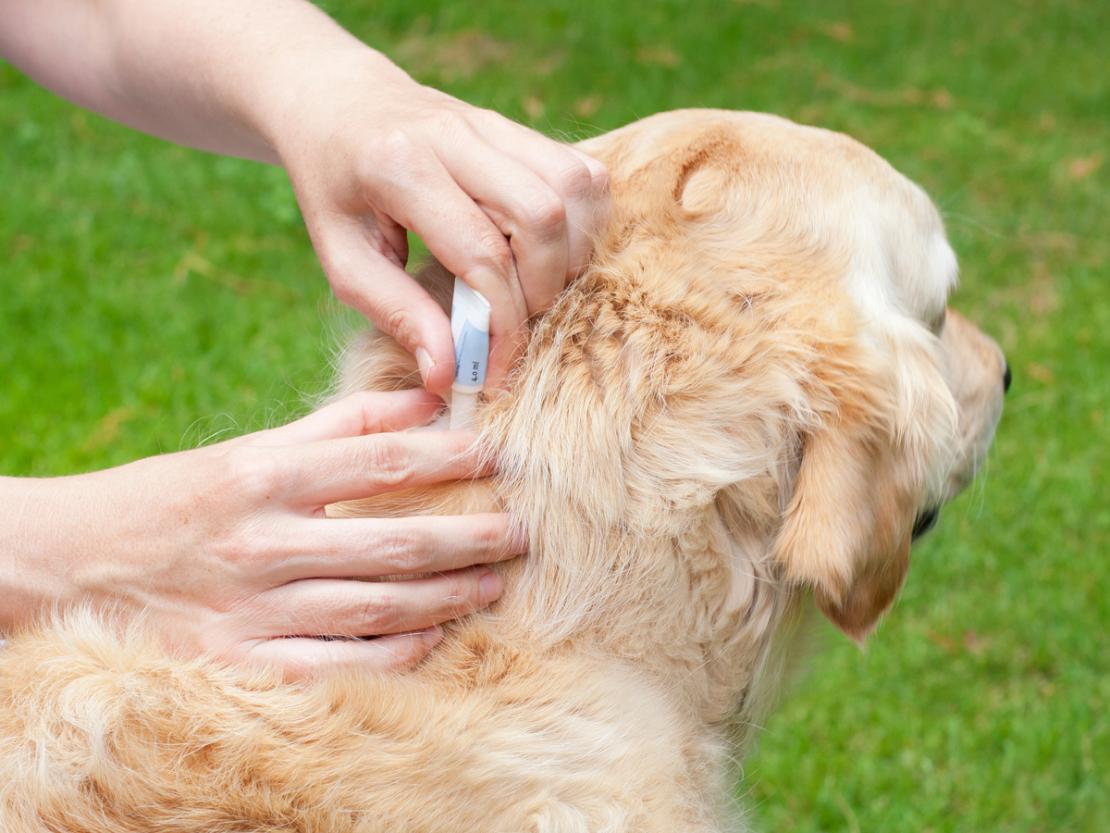Introduction
As a responsible pet owner, it's crucial to understand the
dangers posed by ticks and fleas to your beloved furry companions. These tiny
parasites can cause significant harm to your pets, leading to discomfort,
diseases, and even life-threatening conditions. In this comprehensive guide, we
will delve into the topic of "Tick and Fleas Dangers to Pets" and
provide valuable insights to help you safeguard your pets' health and
well-being.
Tick and Fleas Dangers to Pets
Ticks and fleas are not just pesky annoyances; they can pose
serious health risks to your pets. These blood-sucking parasites latch onto
your pets' skin, feeding on their blood, and potentially transmitting various
diseases. Some of the dangers associated with ticks and fleas include:
- Tick-Borne
Diseases: Ticks can transmit a range of diseases, such as Lyme
disease, Rocky Mountain spotted fever, and ehrlichiosis. These diseases
can cause fever, joint pain, lethargy, and in severe cases, organ failure.
- Flea
Allergy Dermatitis: Some pets may develop an allergic reaction to flea
saliva, leading to flea allergy dermatitis. This condition causes intense
itching, redness, and skin inflammation.
- Anemia:
Severe flea infestations can lead to anemia in pets, especially in young
or small animals. Anemia can cause weakness, pale gums, and lethargy.
- Parasite
Overload: Heavy infestations of ticks and fleas can lead to a
condition known as "parasite overload," where the sheer number
of parasites can drain your pet's energy and weaken their immune system.
- Tick
Paralysis: Certain tick species can cause tick paralysis, a condition
characterized by muscle weakness and difficulty in walking. If not
addressed promptly, it can lead to respiratory failure.
How to Identify Tick and Flea Infestation
It's essential to be vigilant and spot the early signs of
tick and flea infestations in your pets. Look out for the following indicators:
 |
| credits: terro.com |
- Frequent
scratching, licking, or biting of the skin
- Red or
inflamed skin, especially around the ears and neck
- Visible
ticks or fleas on your pet's fur
- Tiny
black or brown specks (flea dirt) in your pet's coat
- Hair
loss or hot spots on the skin
If you notice any of these signs, it's crucial to take
immediate action to prevent the infestation from worsening.
Prevention is Key
Preventing tick and flea infestations is far easier than
dealing with them after they occur. Here are some effective prevention measures
to safeguard your pets:
- Regular Grooming: Regularly groom your pets to check for ticks and fleas. Use a fine-toothed comb to detect and remove any parasites.
- Tick
and Flea Collars: Invest in quality tick and flea collars that release
active ingredients to repel and kill parasites.
- Topical
Treatments: Consult your veterinarian and use vet-approved topical
treatments that offer long-lasting protection against ticks and fleas.
- Tick
and Flea Shampoos: Use tick and flea shampoos during baths to kill and
remove parasites from your pet's fur.
- Environmental
Control: Keep your living spaces clean and vacuum regularly to
eliminate flea eggs and larvae.
- Tick-Proof Yard: Maintain a tick-proof yard by keeping grass trimmed, clearing debris, and avoiding areas with dense vegetation.
Conclusion
Understanding the dangers of ticks and fleas to pets is
essential for every pet owner. By recognizing the risks, identifying early
signs of infestations, and implementing effective prevention methods, you can
protect your furry companions from harm. Regular veterinary check-ups and
consultations can further ensure your pets' well-being. Remember, a healthy and
happy pet is a pet that receives the love and care it deserves.
FAQs
Q: Can ticks and fleas transmit diseases to humans?
A:
Yes, some tick and flea species can transmit diseases to humans. It's essential
to protect your pets and yourself from these parasites.
Q: Are ticks and fleas a year-round problem?
A:
While tick and flea activity may vary with seasons, they can be a concern
throughout the year, especially in warmer climates.
Q: Can indoor pets get ticks and fleas?
A: Yes,
indoor pets can get ticks and fleas if brought into contact with infested areas
or other pets.
Q: How often should I check my pet for ticks and fleas?
A: Regularly check your pet for ticks and fleas, especially after
outdoor activities or exposure to other animals.
Q: Can I use human flea products on my pets?
A:
No, human flea products can be toxic to pets. Always use products specifically
designed for your pet's species and size.
Q: Can tick and flea infestations be deadly for pets?
A: Yes, severe infestations can lead to life-threatening conditions,
especially in young, elderly, or immunocompromised pets.

